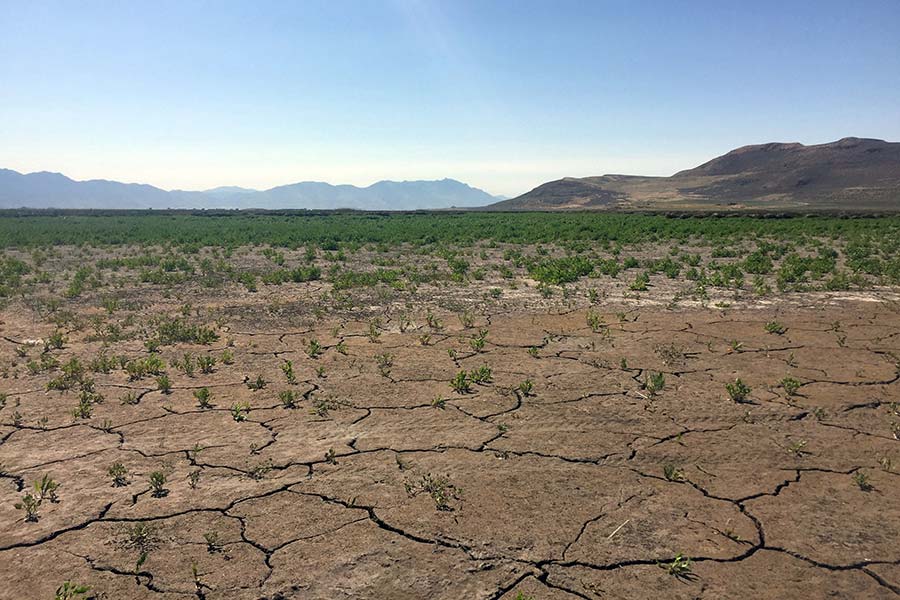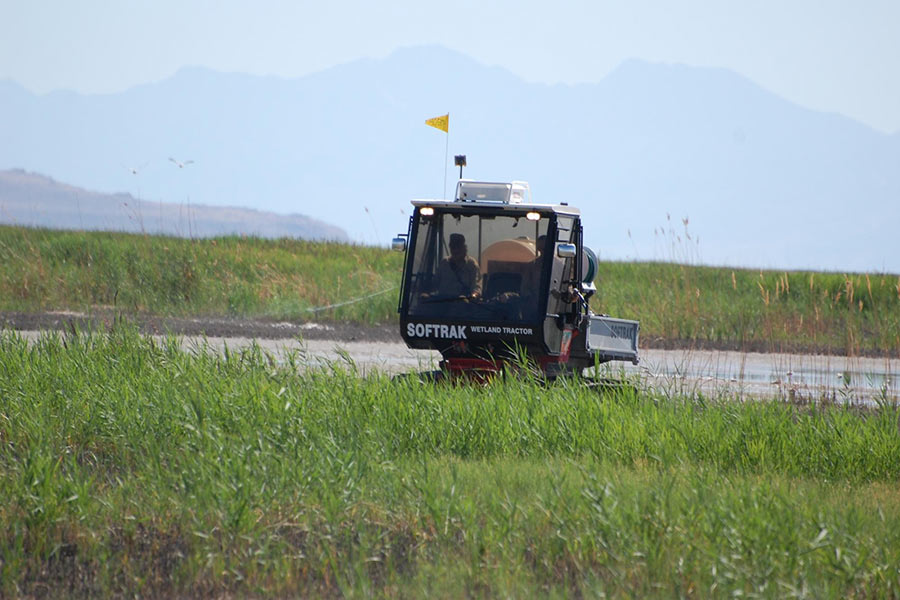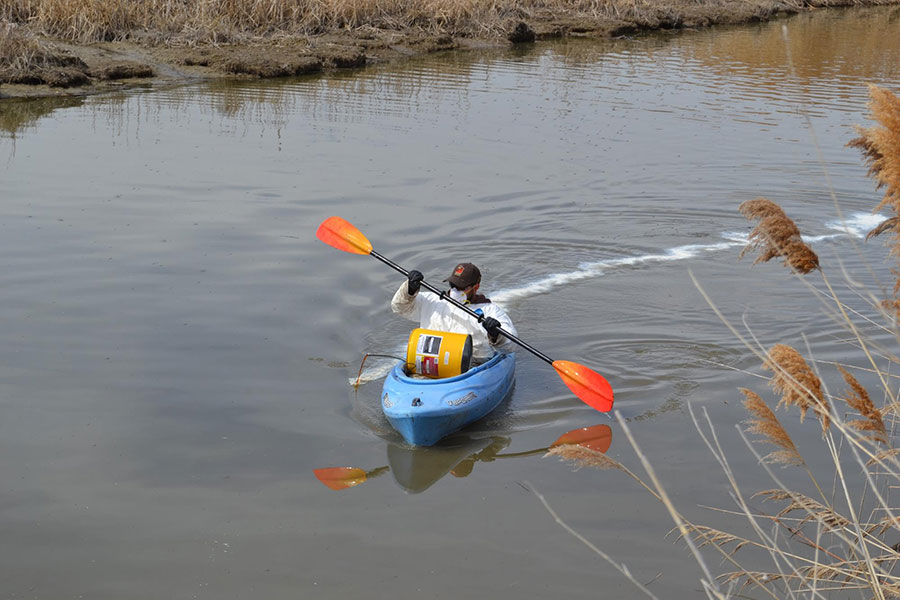≡
WMA management
Maintenance and restoration projects
A great deal of work goes into preserving the wildlife and habitat of Waterfowl Management Areas, particularly those around the Great Salt Lake. The Utah Division of Wildlife Resources, along with other state organizations and local partners, engage in a variety of projects throughout the year.
Controlling phragmites
One of the main challenges WMA managers face today are invasive weeds known as phragmites, or the "common reed." This weed is problematic for many reasons:
- It easily takes over the habitat of native plant species.
- It's too thick for ducks to nest in.
- It reduces the habitat's available water and can clog canals and other waterways.
WMA managers use a variety of techniques throughout the year to reduce the spread of this weed, such as spraying, mowing, trampling and grazing.
Slideshow
Click or tap the image to view a slideshow of techniques for controlling phragmites.
Learn more about phragmites research and management implications.
Controlling Carp
Another concern for WMA managers and the DWR is the invasive fish species known as common carp (Cyprinus carpio). Carp were introduced to Utah's waterways as a food source in the late 1800s. It wasn't long, however, before they overran multiple waterways, outcompeting native species for resources and habitat. Today, for instance, 9 out of 10 pounds of fish in Utah Lake are carp.
Carp eventually make it to the Great Salt Lake's wetlands through various rivers and streams. They stir up the wetland bottoms, increasing turbidity, and consequently decreasing the amount of sunlight that can penetrate the water. As a result, many beneficial, native underwater plants suffer.
Learn more about the DWR's latest efforts to control invasive fish.
Managers can control carp populations using rotenone, a natural substance that comes from the roots of a tropical plant in the bean family. Rotenone is a respiratory toxin to fish, but isn't dangerous to people, pets or other wildlife, especially in the extremely low quantities that biologists use to treat waterbodies.
Treatments with rotenone are labor intensive but effective.










